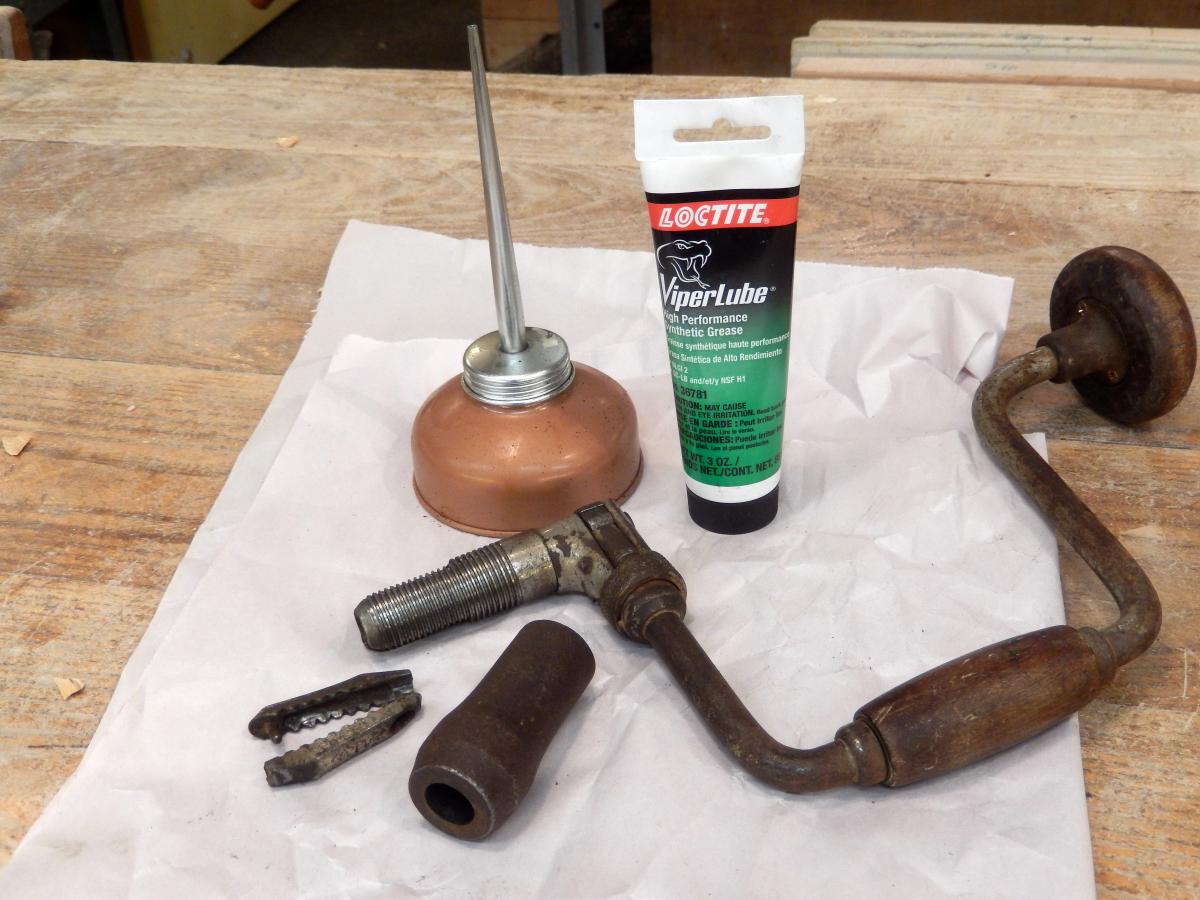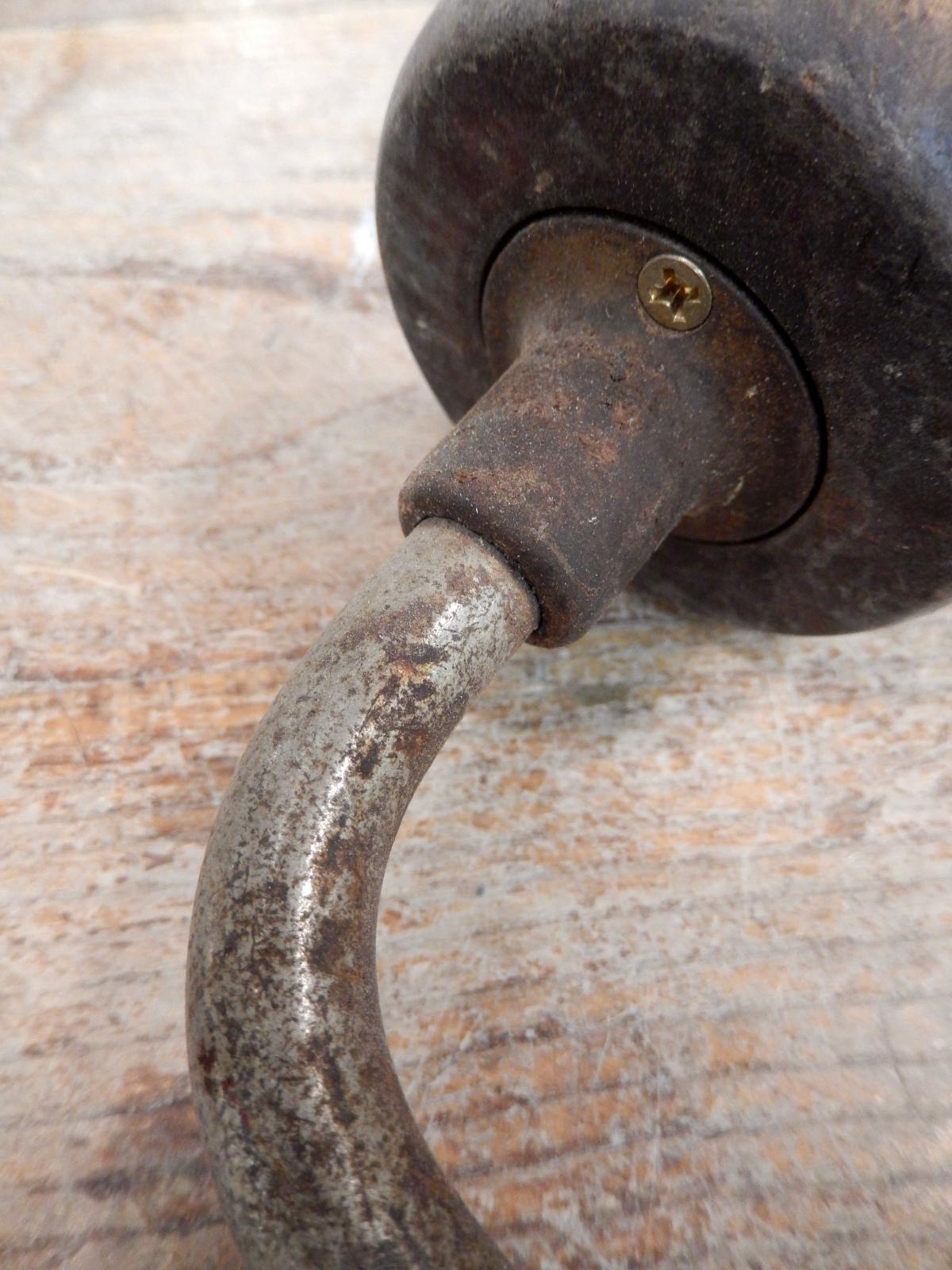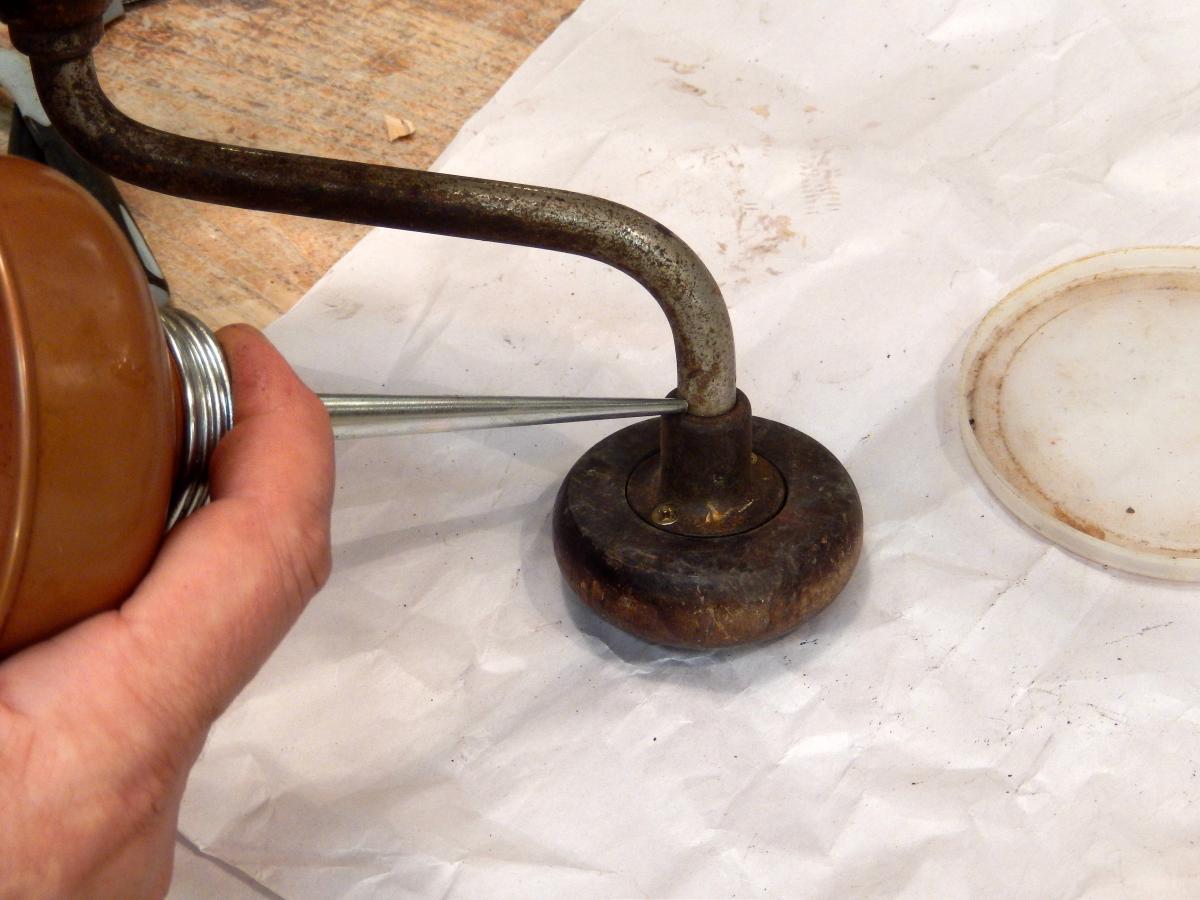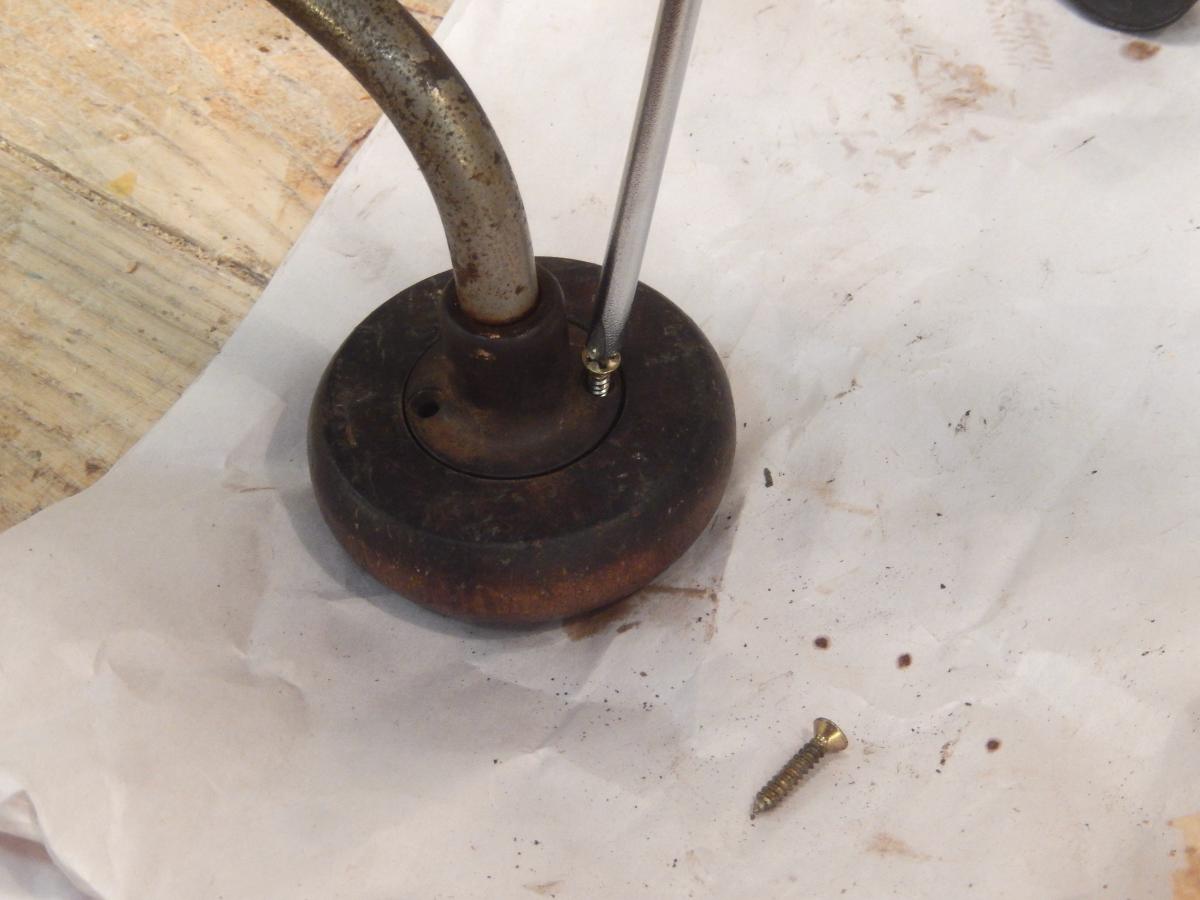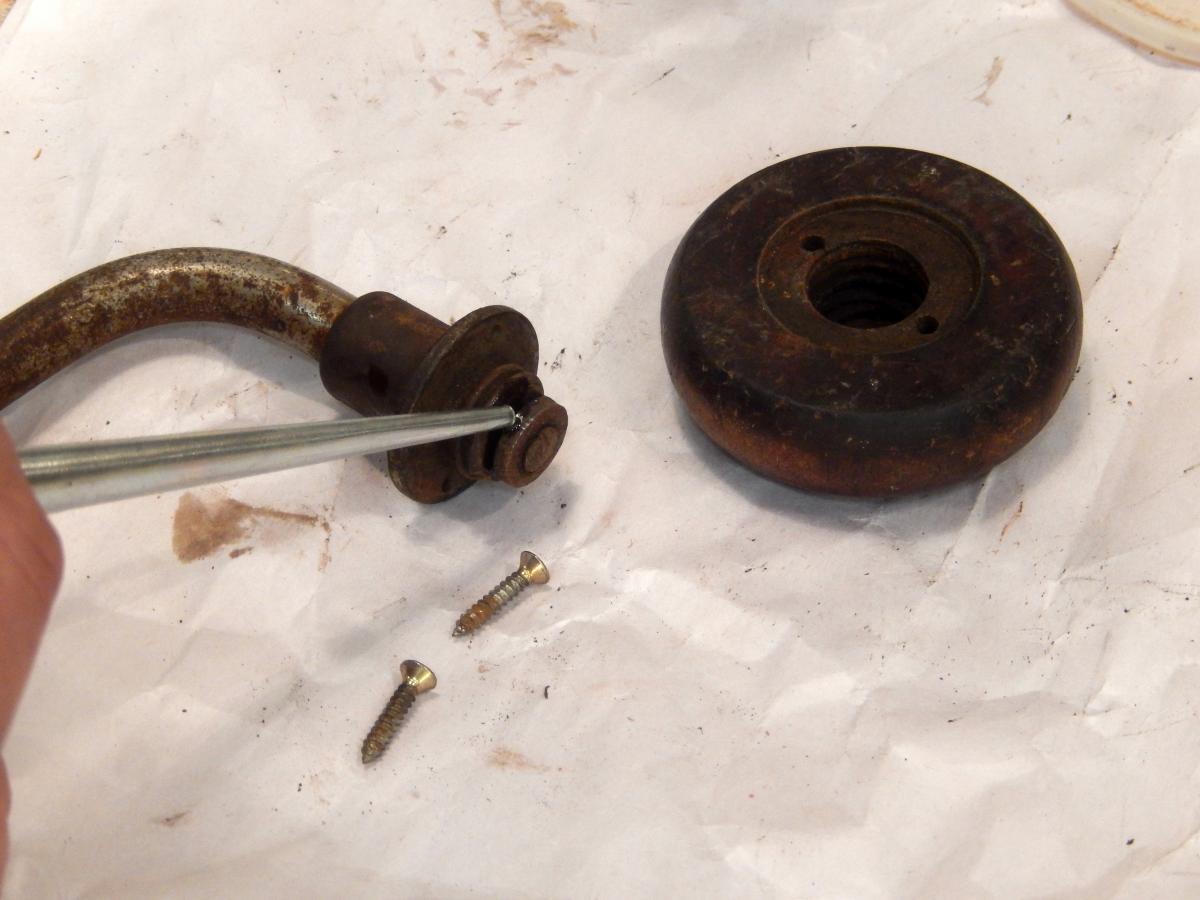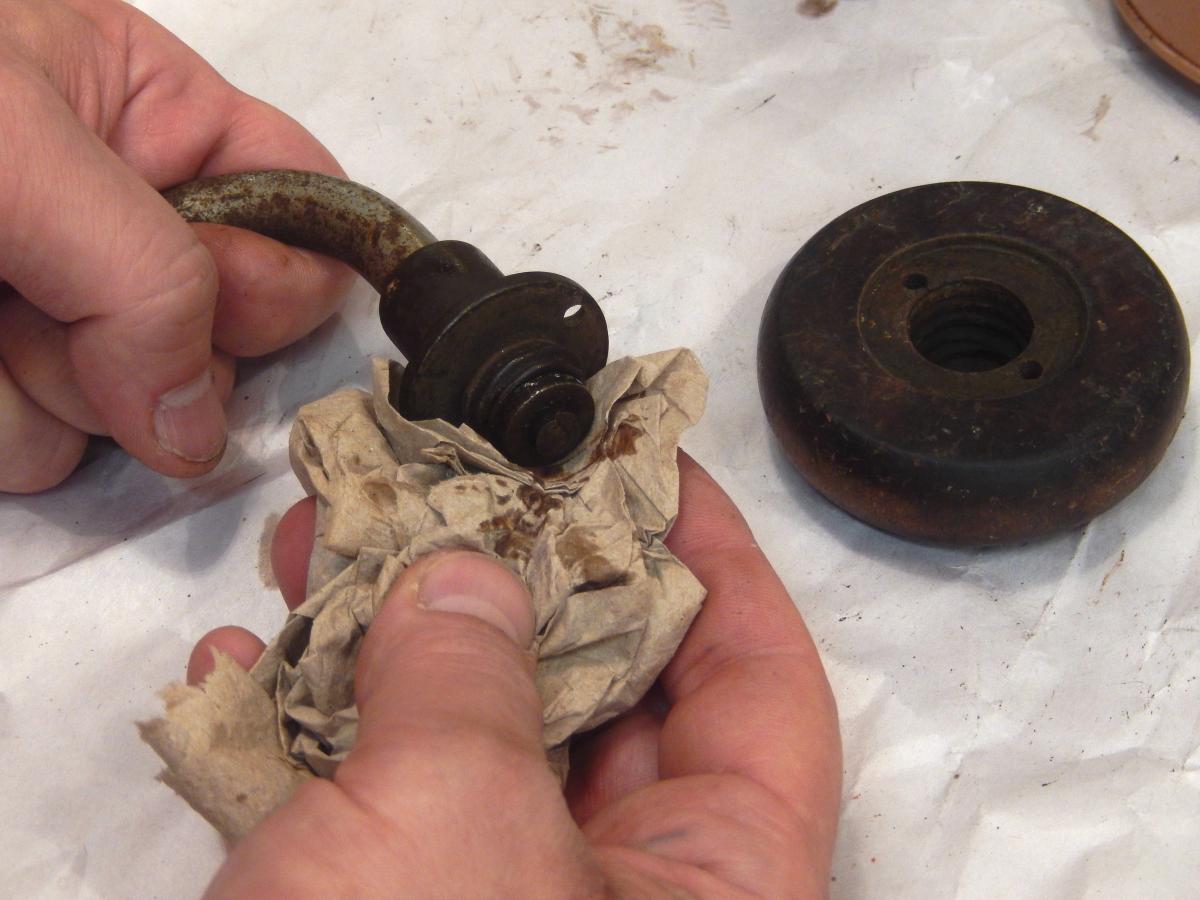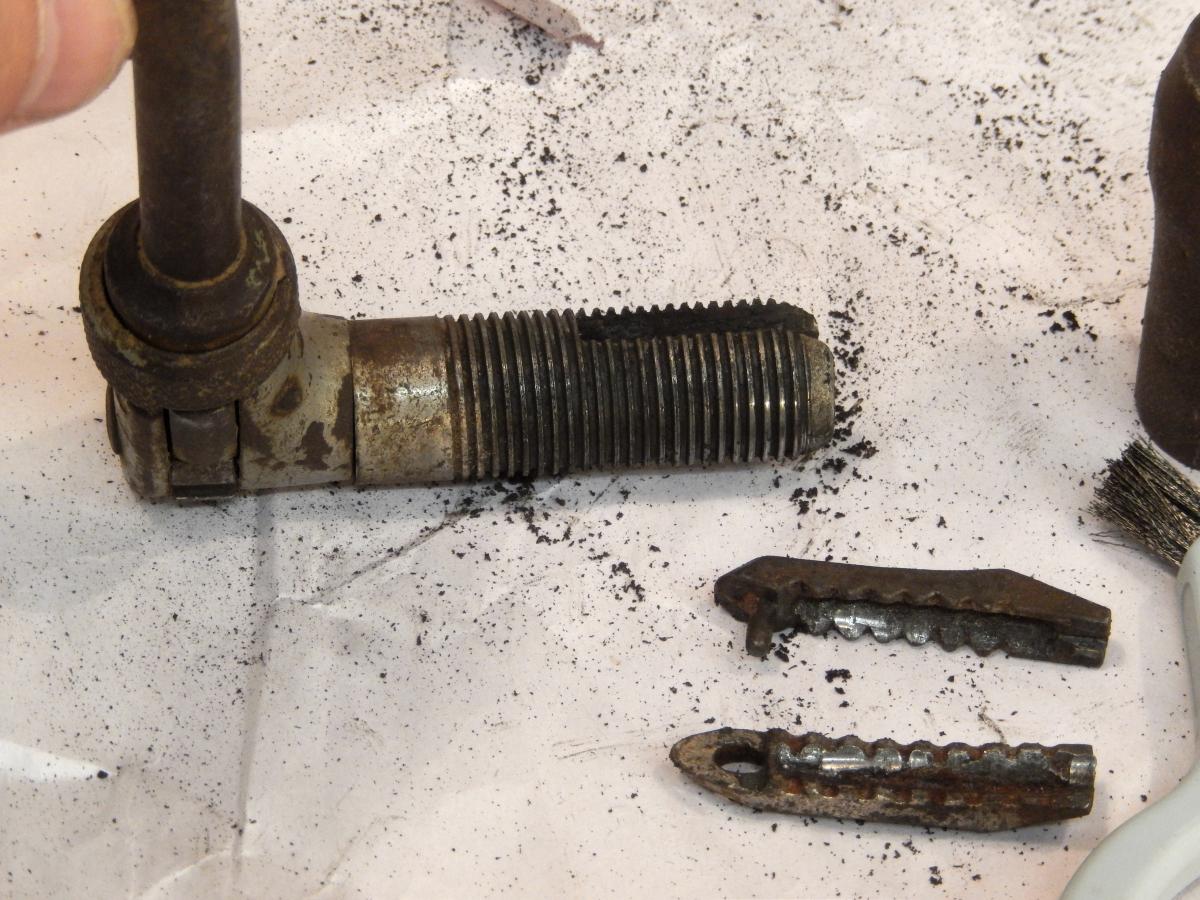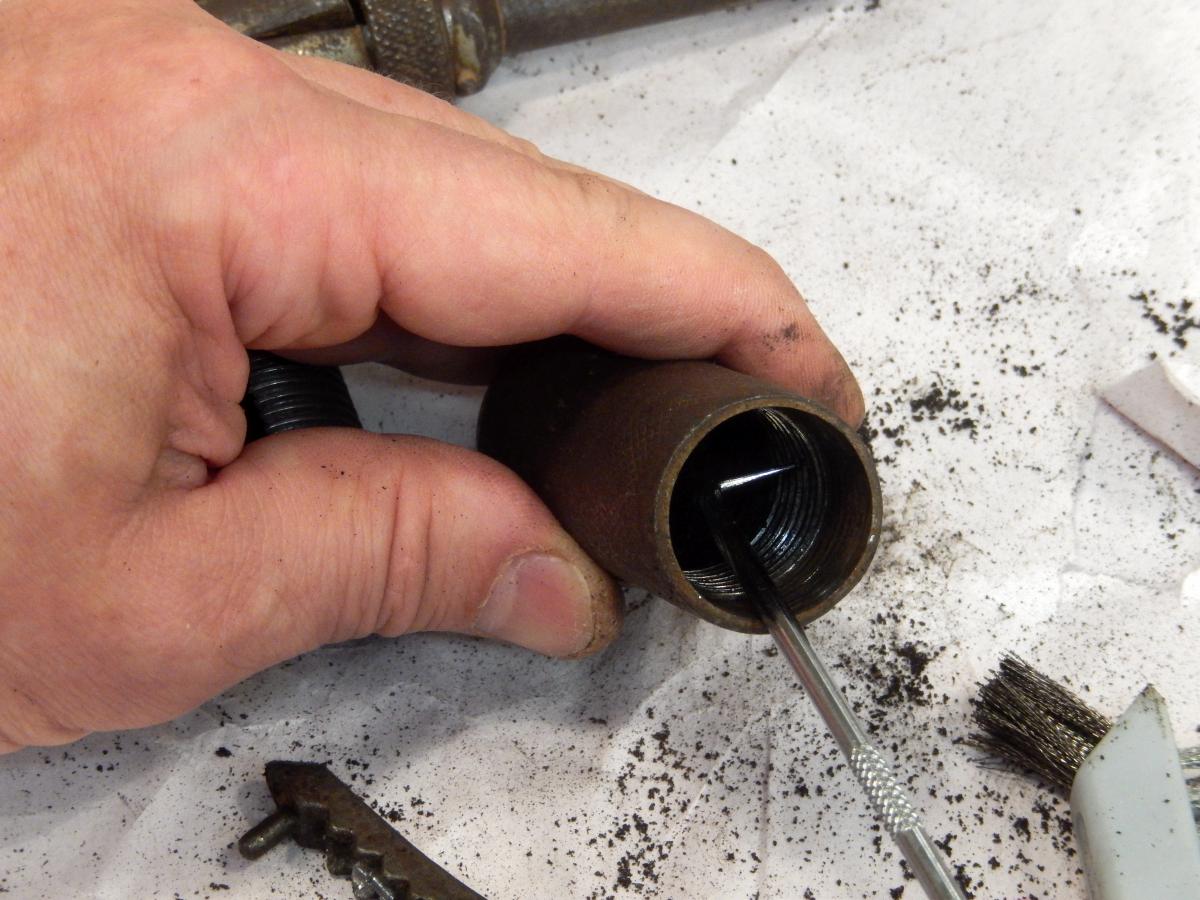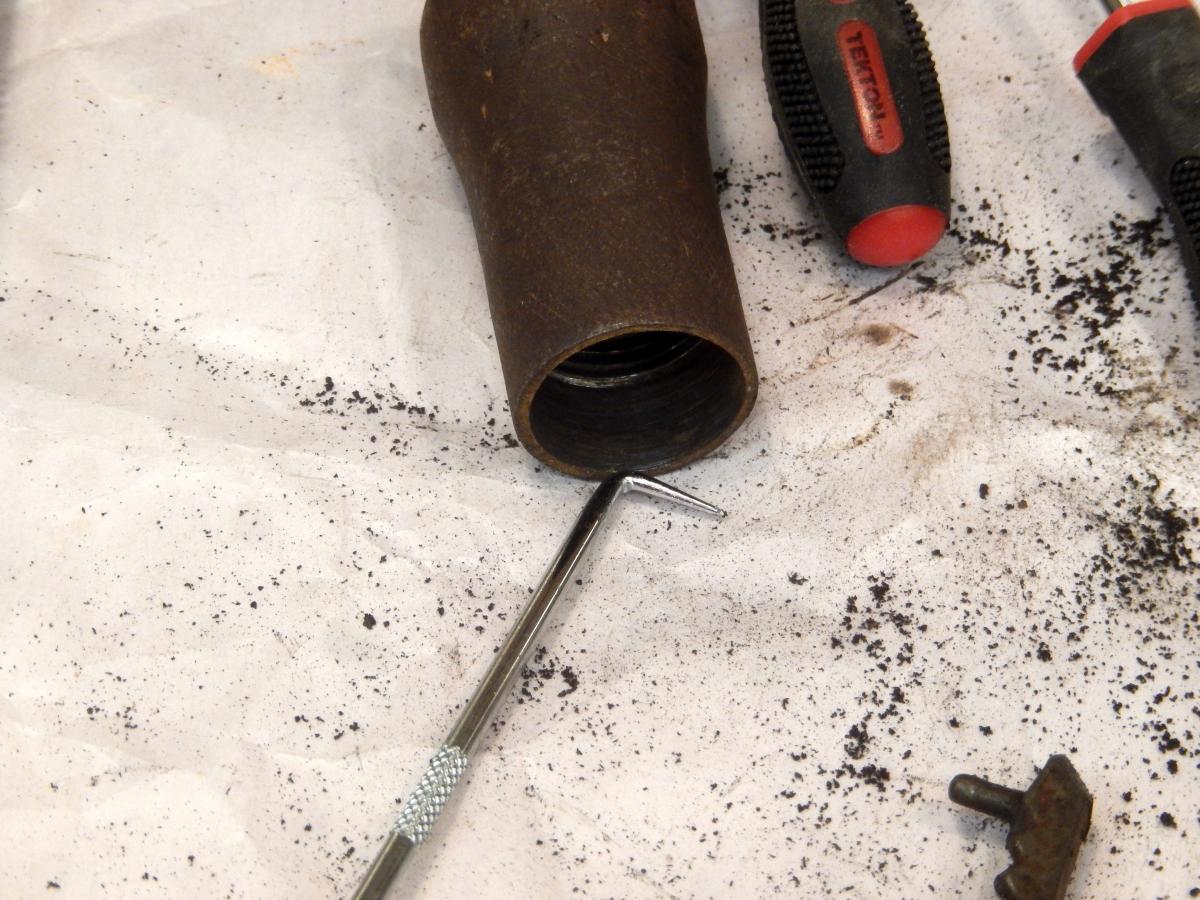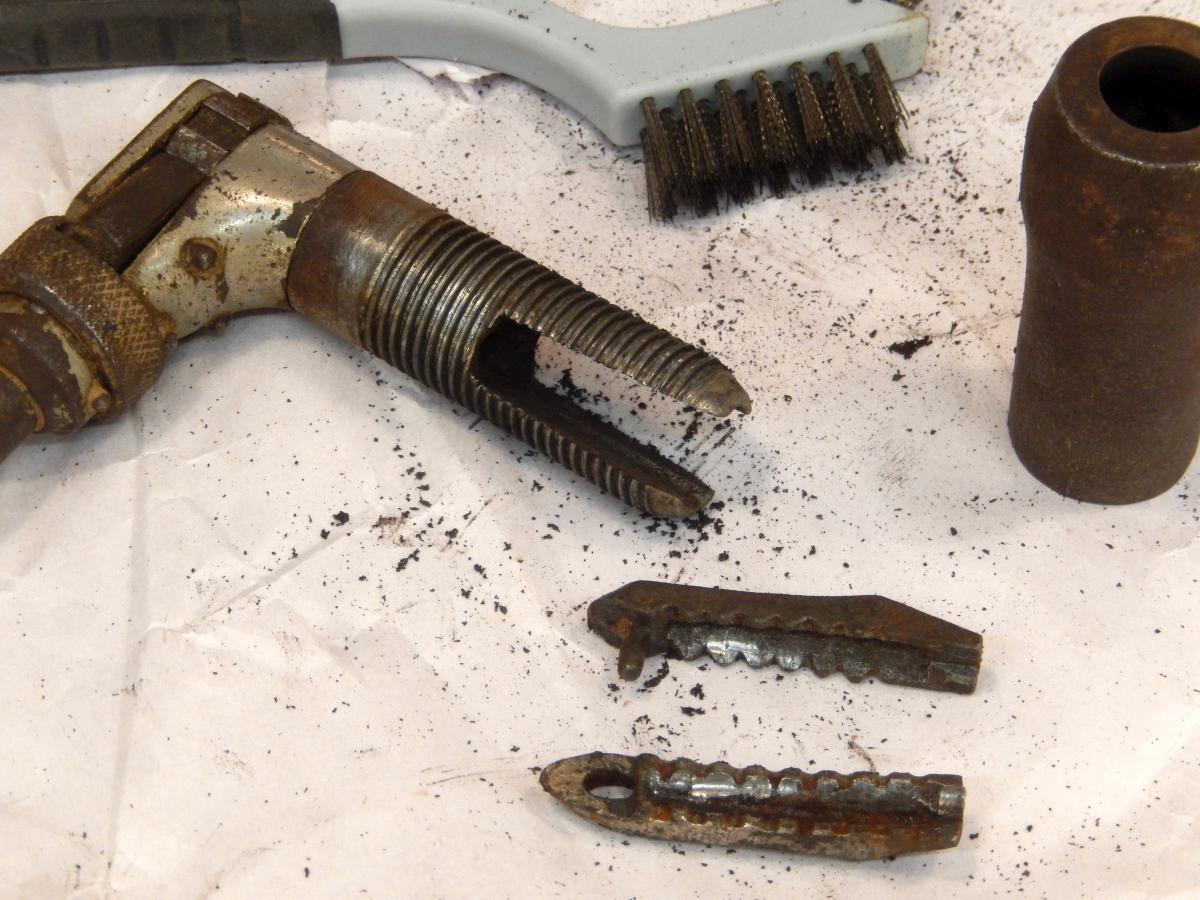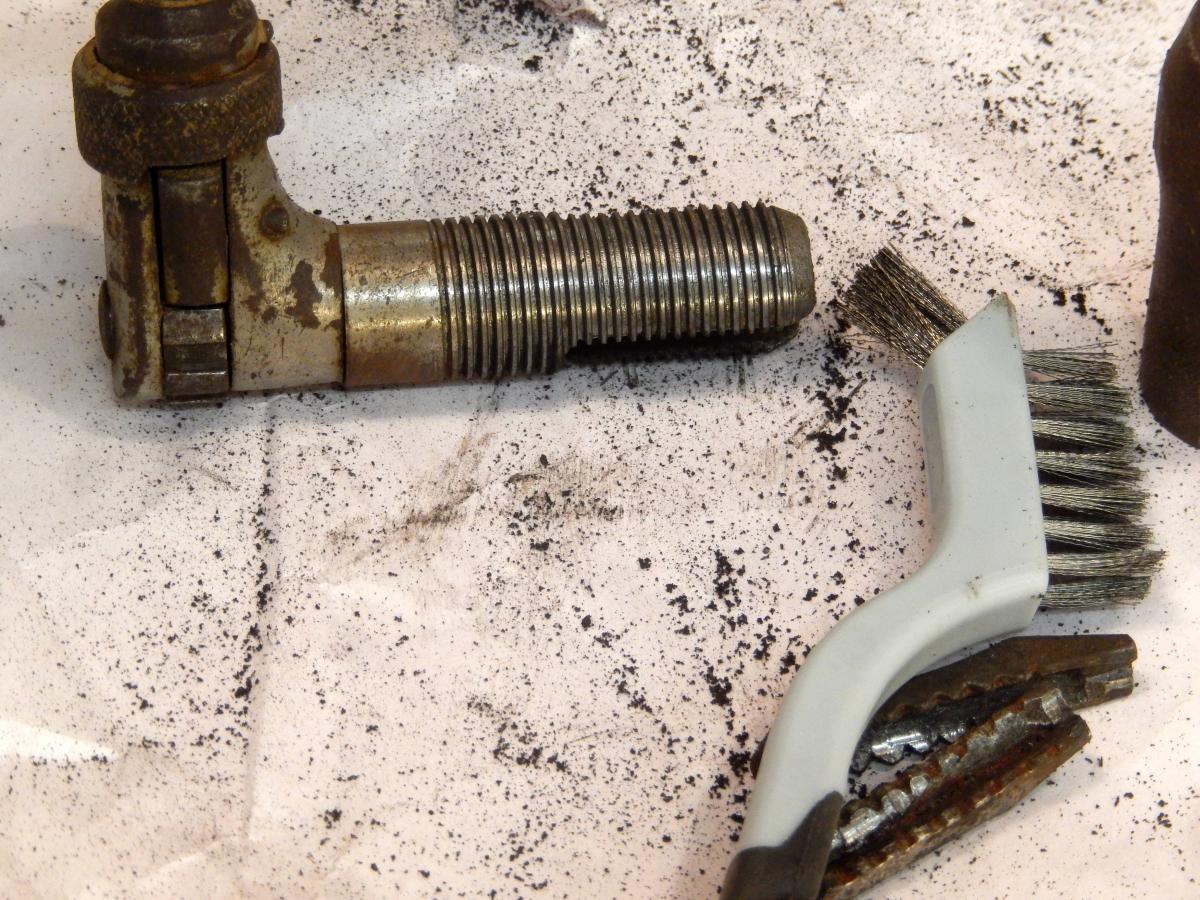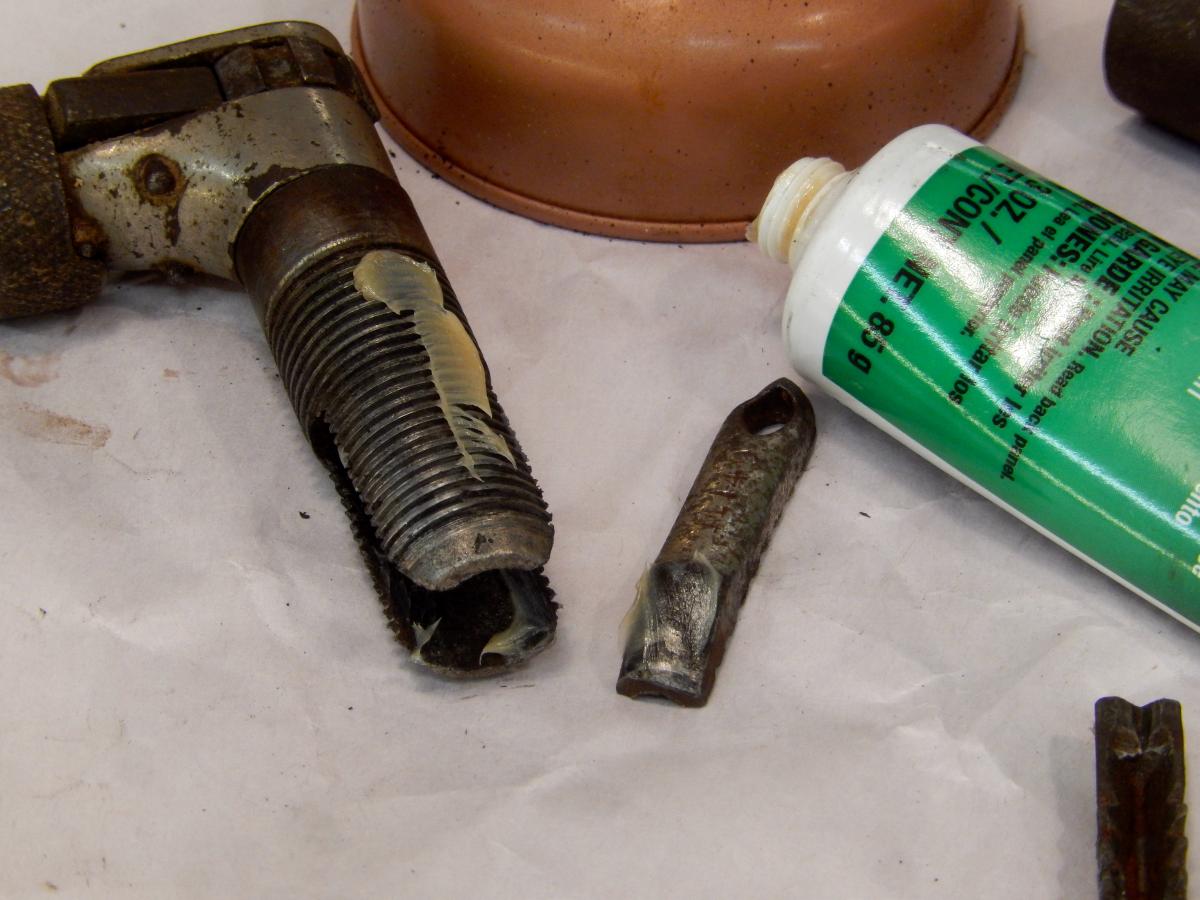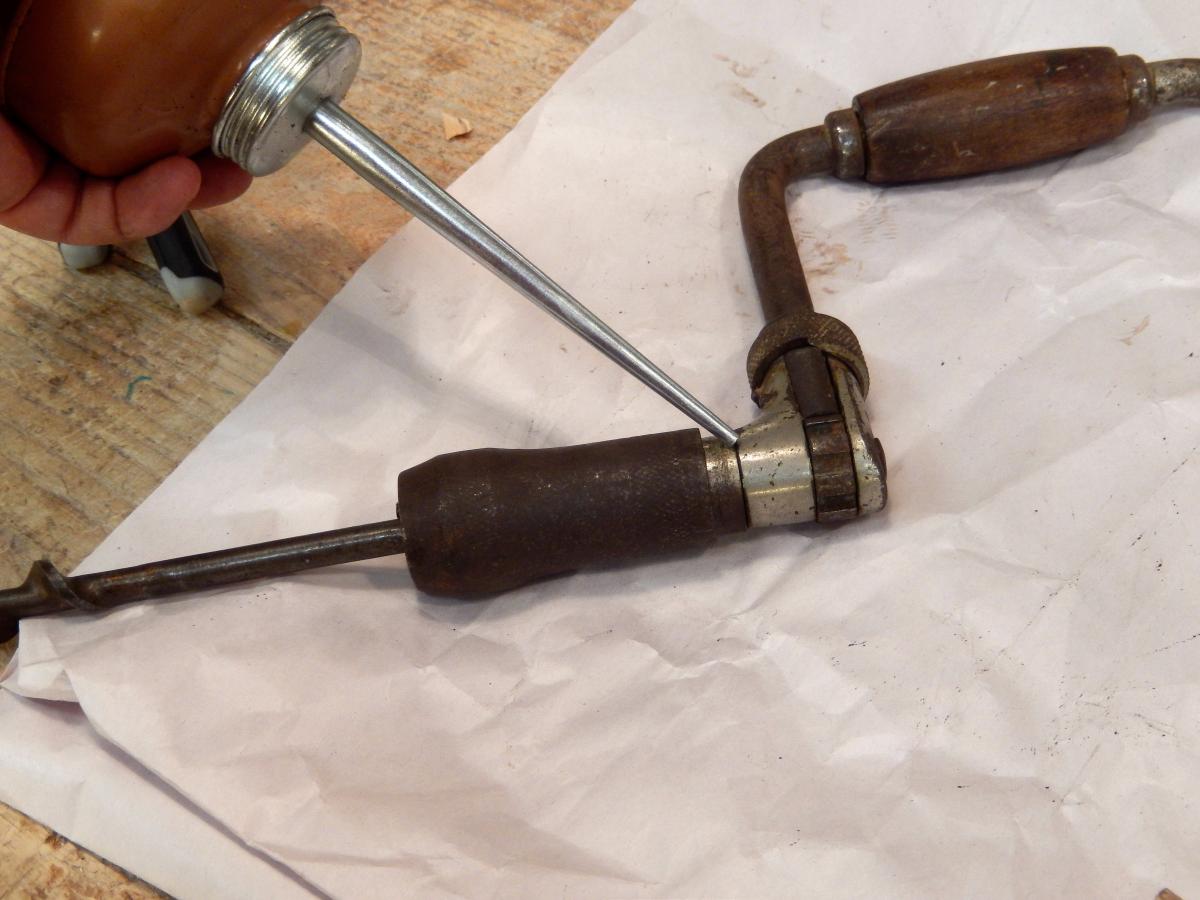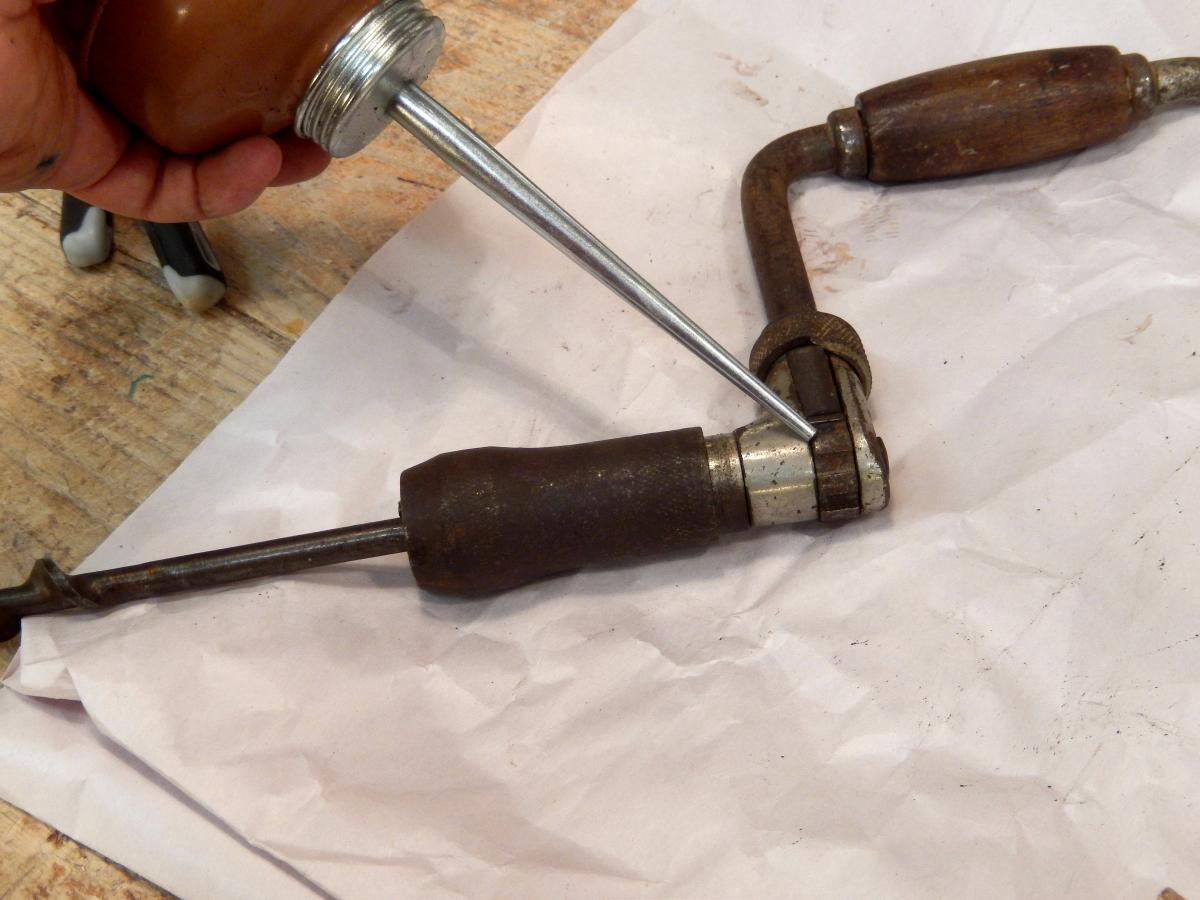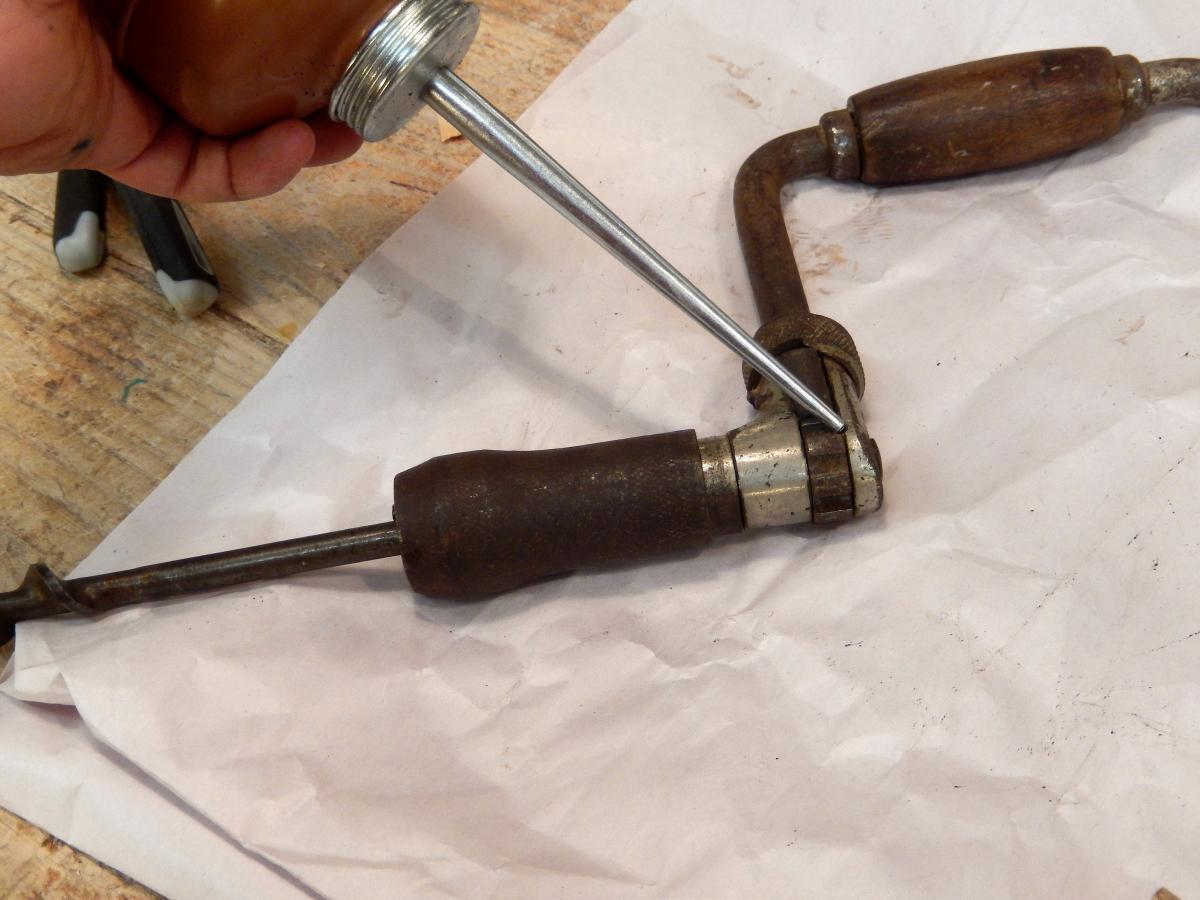|
|
|
 Joel's Blog Joel's Blog |
 Built-It Blog Built-It Blog |
 Video Roundup Video Roundup |
 Classes & Events Classes & Events |
 Work Magazine Work Magazine |
| Newer Entries... | |
 | Teaching woodworking During COVID 19 - Part 3 - 07/02/2020 |
 | Corrugated Cardboard Class for Remote Learning - 06/11/2020 |
 | Teaching Woodworking During Covid 19 - Part 1 - 05/14/2020 |
 | NYC Subway Benches Part 2 - 04/09/2020 |
 | NYC Subway Benches Part 1 - 03/19/2020 |
 | Mario's Cantilever Bracket Rack - 02/20/2020 |
 | Carving A Live Edge Bowl - Part 3 - 02/06/2020 |
 | Carving A Live Edge Bowl - Part 2 - 01/09/2020 |
 | Carving A Live Edge Bowl Part 1 - 12/12/2019 |
 | Brace Maintenance and Restoration, Part 3 - 11/14/2019 |
 | Brace Maintenance and Restoration, Part 2 - 10/31/2019 |
 | Brace Maintenance and Restoration, Part 1 - 10/17/2019 |
 | Rust Removal - The War That Never Ends - Part 2 - 09/19/2019 |
 | Rust Removal - The War That Never Ends - 09/05/2019 |
 | Marching On - 11/30/2011 |
 | Brooklyn Guild - 11/07/2011 |
 | Working Hard? or Hardly Woodworking in America - 10/06/2011 |
 | Patterns - 10/02/2011 |
 | It is Humid? Or is this book in French - 09/20/2011 |
 | Is it Humid? or is it just me... - 09/06/2011 |
| Older Entries... | |
|
Hours: M-F 9:00-5:00, closed Sat,Sun Our Guarantee & Return Policy Shipping and Sales Tax Info Privacy Policy Holiday Calendar |
|
Contact Us:
Email: support@toolsforworkingwood.com Phone: 800-426-4613 or 718-499-5877 Visit Us in Brooklyn: Directions to Our Showroom © 1999-2019 toolsforworkingwood.com Powered by 01 Inc. Coded entirely in NYC |



